The use of flash in photography.
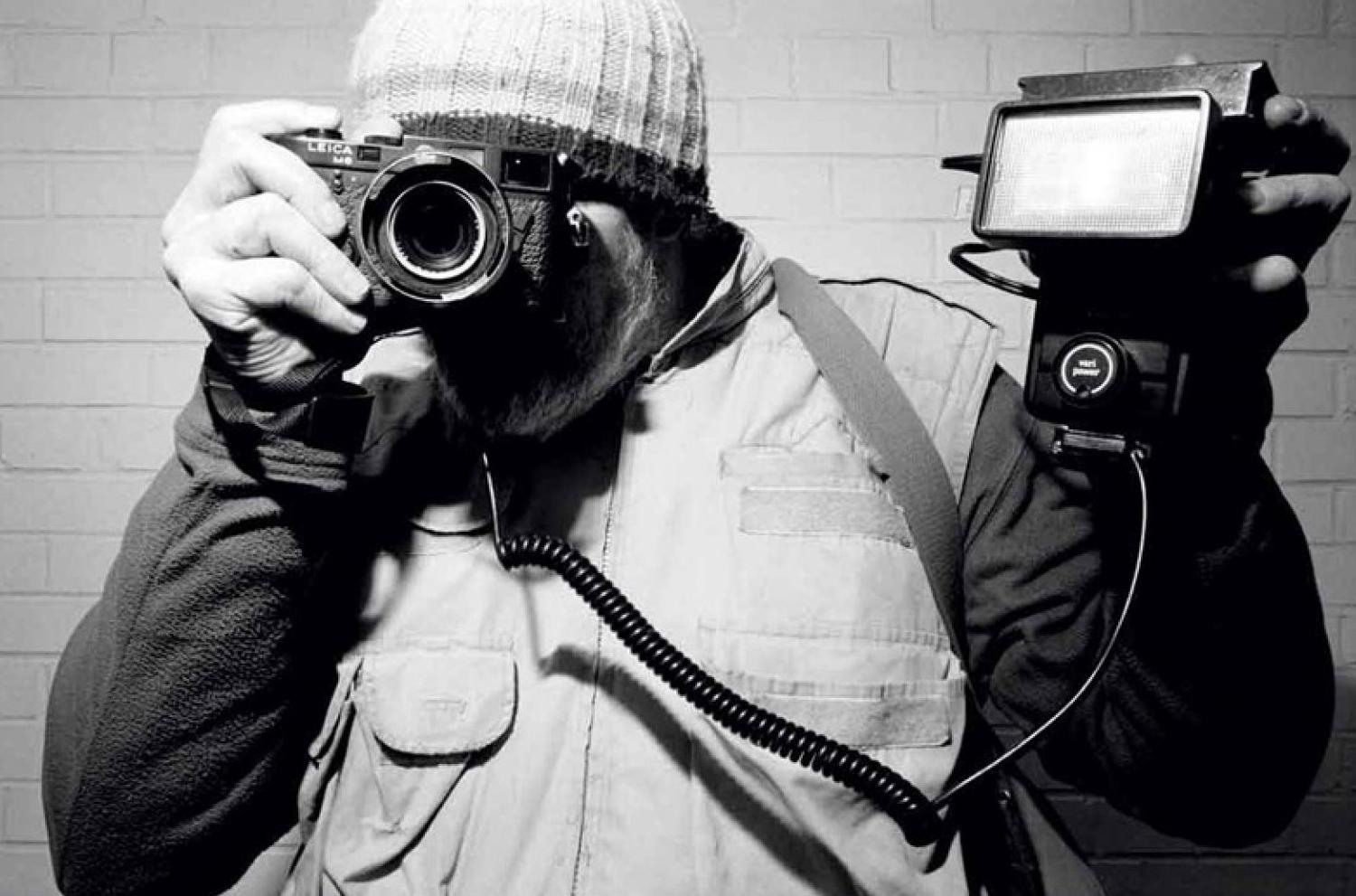
Flash in photography is a very versatile accessory, sometimes it is essential to increase the brightness of an environment and capture otherwise inaccessible details, other times it can be used as a technique to improve and make the most of the available light, amplifying the final effect.
Understanding how a flash works, whether it's built into the camera or external, can help the photographer control how a scene is lit.
Since it's not always easy to use this tool to find the perfect equation of ISO, shutter speed, and aperture, knowledge of flash photography means you'll be prepared to tackle challenging tasks in virtually any environment.
For this reason, I think it may be useful for you to have a general overview of the basic components of flash and its main ways of using it.
Before that, however, it is necessary to dwell on the study of light (we have already talked about it here ), as it is only starting from the knowledge of the basic concepts related to lighting that you will be able to learn to use the flash in the most appropriate ways.
The secret to good lighting: hard light and soft light
In photography, nothing can be taken for granted and every single element that makes up the shot is essential to obtain the desired result.
One of the main aspects to consider, before learning how to operate the flash in photography, concerns the characteristics of the light radiation.
After all, every image is the result of how you choose to interact with light, to capture and control it, not only to bring out subtle colors or tones, but also to create possible effects in a darker environment.
The color temperature
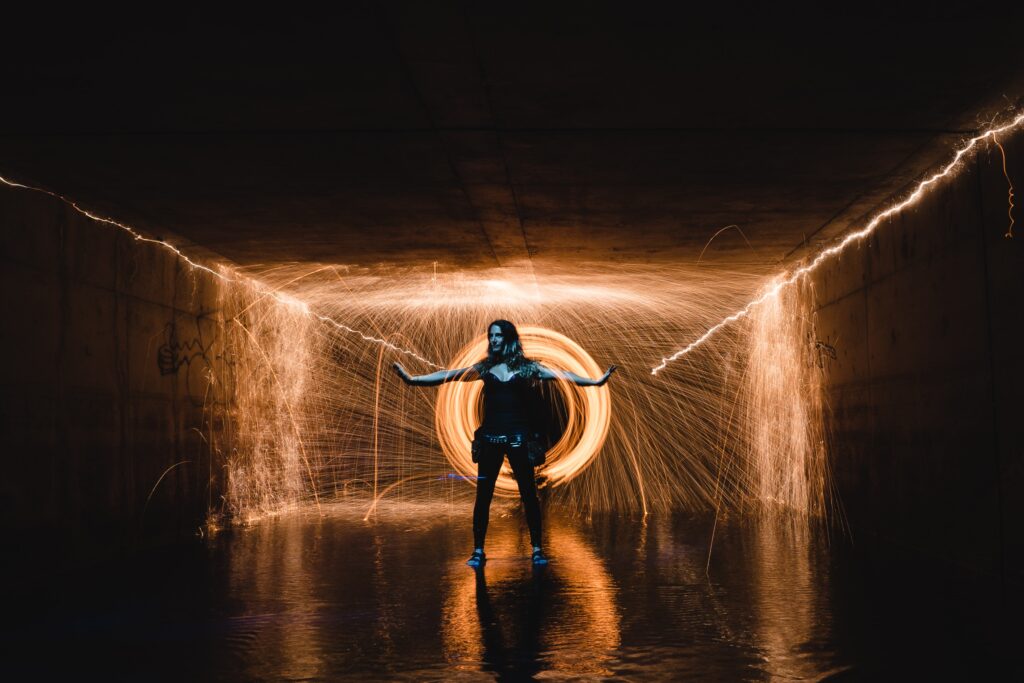
In fact, the secret to correctly lighting the scene you want to shoot lies in your knowledge of the magic of light. There are many characteristics of light that photographers should learn: color temperature , refraction, hue, intensity, accents, and softness.
In particular, the latter concept can be difficult for most self-taught photographers to grasp as it is based solely on experience and intuition .
However, with some explanation, you'll see that understanding this principle will drastically change the way you use light (and consequently flash) in photography.
The hardness
Simply put, light softness is a measure of how abruptly the transition from light to dark occurs on a given subject.
I try to explain myself better.
A more gradual transition from light to dark (from the subject to its shadow) is called soft (or soft) light , while a sharper transition , which makes the contours of the shadow apparent against the subject, is considered hard light .
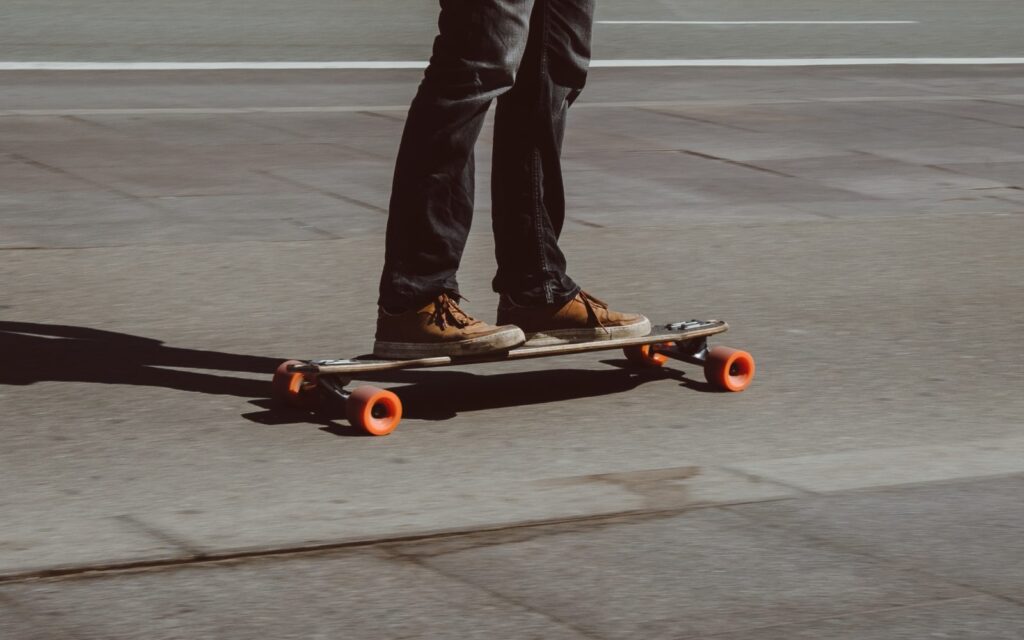
Always remember that the power or degree of brightness of the light source has absolutely nothing to do with its softness or hardness.
Soft lights can be achieved with a flash at full power or at its lowest setting and the same goes for harder light as well.
In other words, we recognize soft light when the shadows are softer or are almost non-existent, while we speak of hard light when the contrast between the subject and its shadow is higher and the shadows are sharp and decisive.
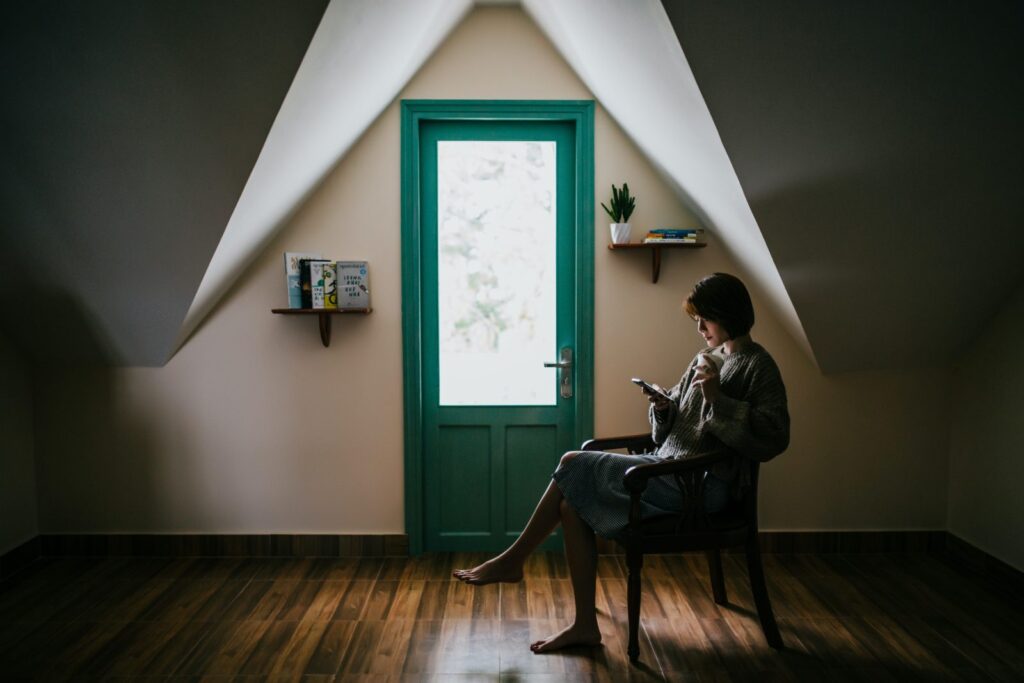
The difference between these two types of light is at the basis of whether or not flash is used in photography and depends, as always, on the choices made by the photographer, his position with respect to the subject and the result he wishes to obtain .
Let's say you want to shoot your subject in soft light to create soft and soft shadows: the only way to soften the light is to increase the size of the light source .
This sentence is crucial to the success of using flash in photography. You may have seen, or perhaps used first-hand, lighting modifiers, such as umbrellas .
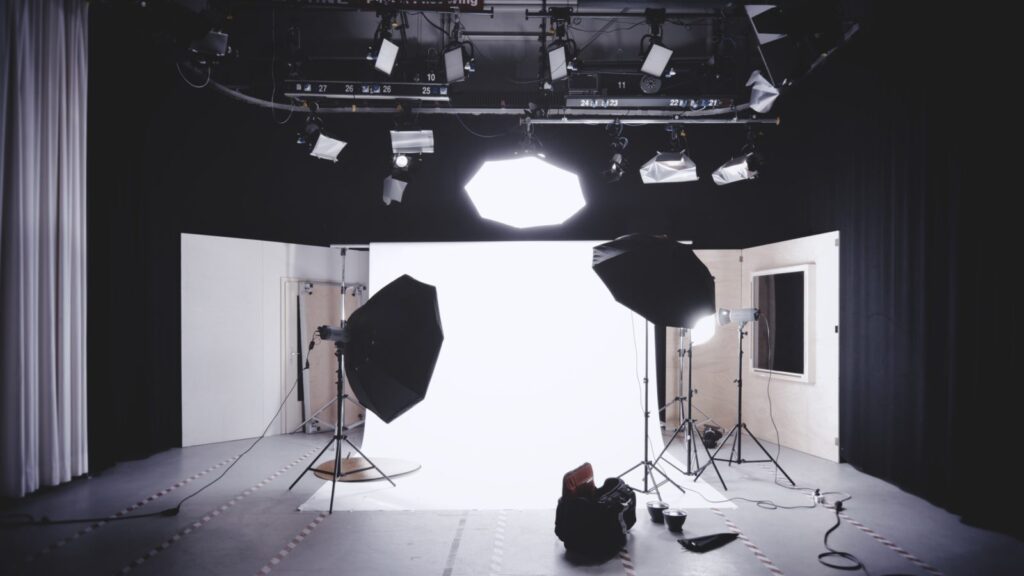
The purpose of these modifiers is simply to create a larger light source . This effect increases the effective size of the light by ten times or more, so that it shines evenly on the entire subject and produces shadows rich in detail.
For the same reason, more powerful external flashes are often used which, in addition to increasing the overall level of illumination in an environment, are also useful for directing the light in the best possible way , perhaps laterally or upwards. Not being integrated into the camera, these accessory tools are very versatile , but at the same time they can be challenging to carry.
Even with smaller light sources, such as the flash built into the camera, it is possible to produce the required amount of light if the subject is about 3 or, at most, 4 meters away. In this case, however, some important elements must be taken into account.
Items to consider
In fact, if the light source is small , only some areas will have a direct line of light coming from the source. On a face, for example, there will be areas that will remain in the shade, especially around the nose, cheeks or on the other side of the face.
The secret of experienced instant photographers is to closely monitor flash placement while trying to make the light appear larger .
In fact, I have already underlined that only the size of the light source affects its softness and not its intensity .
In the portrait situation above, therefore, it is possible to soften the light simply by getting closer to the subject, as the light tends to appear larger the closer you get to the area to be photographed. Otherwise you can use bounce flash to create a larger light source.
This implies that, when you want to take a shot indoors and you are surrounded by walls and ceiling, you can use these walls as reflective panels .
Moving the light further away from the subject, on the other hand, will reduce the brightness and create a harsher light, with a more pronounced break in its shadow.
When you first start using flash in photography you may have a tendency to position it too far from your subject, thinking it will create a more even light across the surface.
Professional photographers, on the other hand, often place the lights as close together as possible, just a pinch outside the frame of the photo.
Soft light has many advantages for flash photographers , but it would be a mistake to think that soft light is always superior to hard light.
For example, when doing sports portraits, it may be more convenient to use a harder light, which shows the athlete's muscles more prominently, casting deeper shadows under and around.
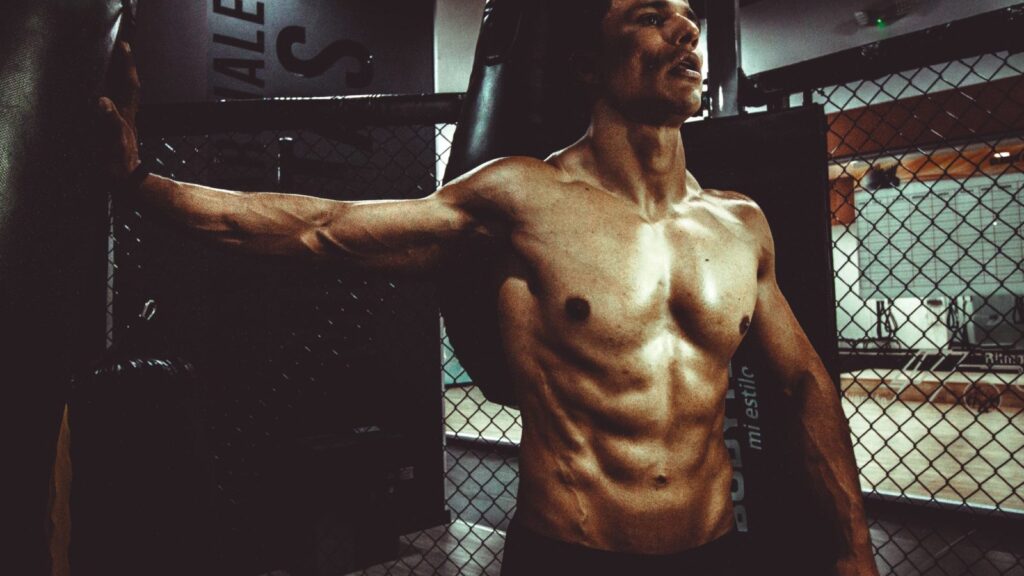
In any case, remember that the light source must never reach the subject directly, but must hit it indirectly as much as possible.
The flash in photography: a tool to understand
The first thing to know about the flash is that if you learn how it works, it can be a valid ally on many occasions.
All cameras allow you to automatically use the flash in relation to a series of pre-set parameters.
The beauty of photography consists, however, in mastering the techniques to exploit them in one's favor. This includes knowing when and how to use it, as well as having some background knowledge about situations in which it is most appropriate to do without it.
Obviously, in low-light conditions, such as indoors , the camera requires a larger light source, which can be obtained by using the internal built-in flash or by mounting a separate external flash.
Often, however, shooting a harsh light directly on the subject is not the best solution , as it creates unwanted shadows or can give rise to the classic " red eye " effect.
The most recent flashes have a technology that allows you to set the mode for reducing this unpleasant effect and intervene via some pre-flashes sent to cause the iris to close before the actual flash, thus avoiding the formation of red eyes.
Do you know why they look “red”? Because they reflect the color of the retina which is supplied with blood.
When you use flash in photography you have to imagine that its function is to artificially recreate natural light.
Therefore, a good idea may be to use a diffuser , an accessory capable of bouncing light to fill all the space around the subject rather than hitting it directly.
It is not necessary to have to resort to the purchase of expensive tools: it is sufficient to use a small refl ective panel , which can be easily created at home or by placing a paper towel on the flash. The important thing is that it performs the function of directing the light in the desired way.
The flash light, although very bright, creates harsh shadows as it is relatively small compared to the size of the subject.
Inserting a diffuser increases the relative size of the light stream.
Even outside the flash can be of great help
It can act as a second light source , for example when you want to fill in areas where an image is underexposed.
It might seem strange to you, but on a very sunny day, when the background is much brighter than the subject, the flash is a great help in balancing the light and better illuminating the subject.
In long exposures, a flash can be used to freeze some sections of light around the frame, to obtain a very particular night effect.
Furthermore, thanks to the fact that the flash acts through an immediate and intense flash of light, it also allows you to freeze the movement of a subject to capture a simple action .
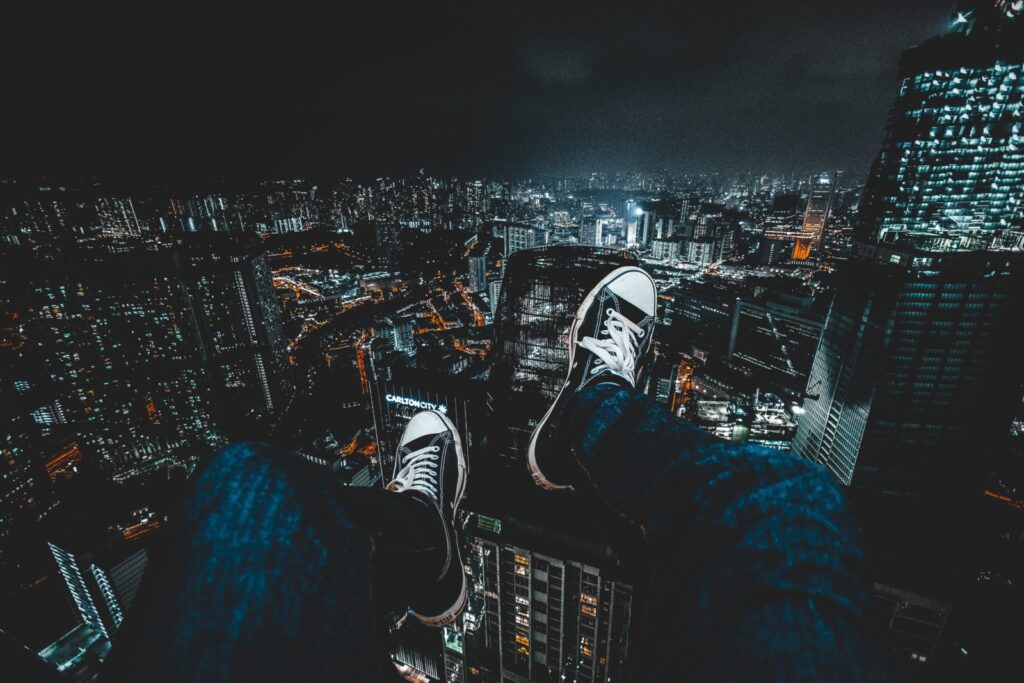
Finally, it is possible to use flash in your photography in a more creative way: instead of balancing out darkness or brightness, flash can be used to add an extra element to a photo.
A good example is light painting (we talked about it here )
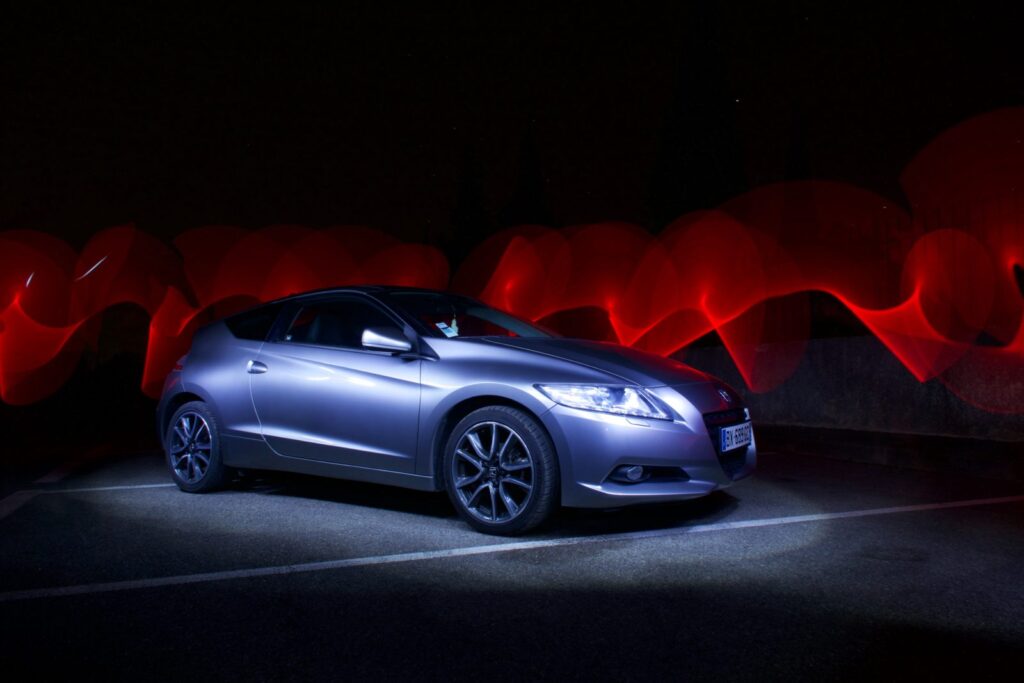
During a long exposure photography in the dark, the flash can be manually triggered to include fragments of a moving subject. This way, each shot will capture the subject in a different position.
When is it best not to use flash in photography?
In general, there are three types of situations in which flash should not be used.
- When its function is clearly useless . This is the classic example where the subject is so far from the lens that the light from the flash can't get to illuminate it.
- When flash causes too many unwanted side effects . For example, when there is a reflective surface in front of the camera (glass, mirror, screen, shiny object) , the light from the flash bounces back at the camera and spoils the photo (as happens with red eye) .
- It is best to avoid the use of flash in situations where the entire photograph appears washed out or unnatural due to the type of light it emits . So when you're doing a portrait with flash and the subject looks unnaturally pale, you're in for one of those occasions where you shouldn't have used it.
Having greater control of the environment in which a photograph is being taken allows you to put small tricks into practice to improve the situation even without a flash. For example, I suggest using a tripod . The more stable the camera, the longer you can keep the shutter open, and the more light will enter through the lens. In this way, there is less need to use the flash or, in some cases, you can even do without it altogether.
When shooting indoors you can try to turn on all the lights and open the curtains to let in as much light as possible. Outdoors, you can position your subject (or yourself) so the sun comes from a better direction.
It is by considering ways in which shooting conditions can be improved that we become more creative photographers .
Although we often rely on the automatic settings of the built-in flash, it is worth considering whether changing the camera settings will help improve the image. Try adjusting your shutter speed, ISO, and aperture.
To experiment
Experimenting with these settings can make you more aware of how to take impressive photos without resorting to flash. The image obtained through the use of the flash, for example, appears more polarized, with dark tones and some loss of detail and it is good that you know that on some specific materials, such as glass or plastic, it causes strong glossy reflections .
Flash allows you to add another dimension to your photography. While sometimes you will have no other choice, in other cases the use of flash allows you to leave room for creativity .
Regardless of the type of photography, knowing how to use flash properly is another skill you add to those you already possess to motivate and expand your passion for photography.
Keep in mind that the use of flash can simply be a stylistic choice , which will depend on your unique and original way of capturing reality through images .
When you subscribe to the blog, we will send you an e-mail when there are new updates on the site so you wouldn't miss them.
By accepting you will be accessing a service provided by a third-party external to https://www.insightadv.it/


































































Comments